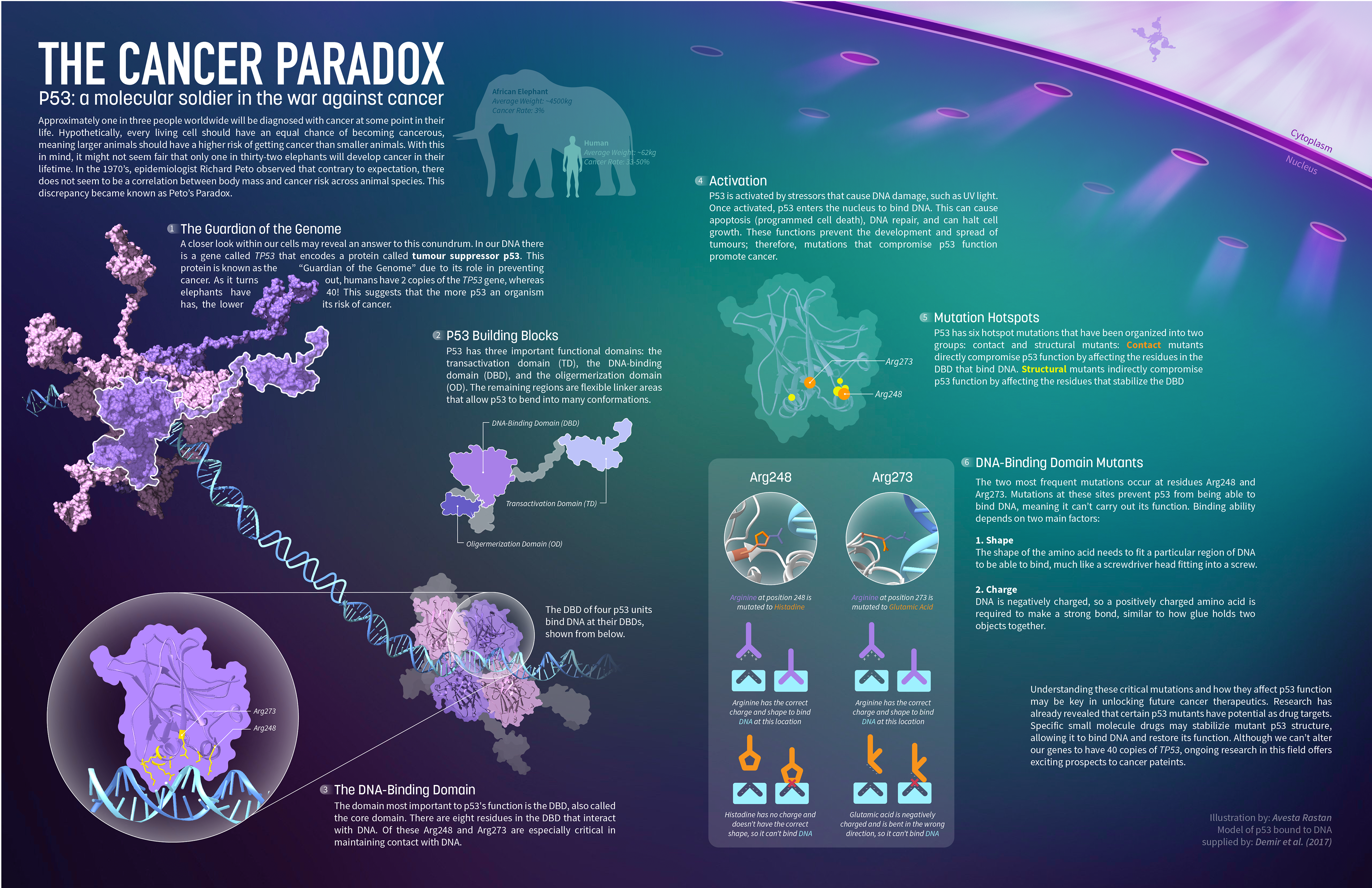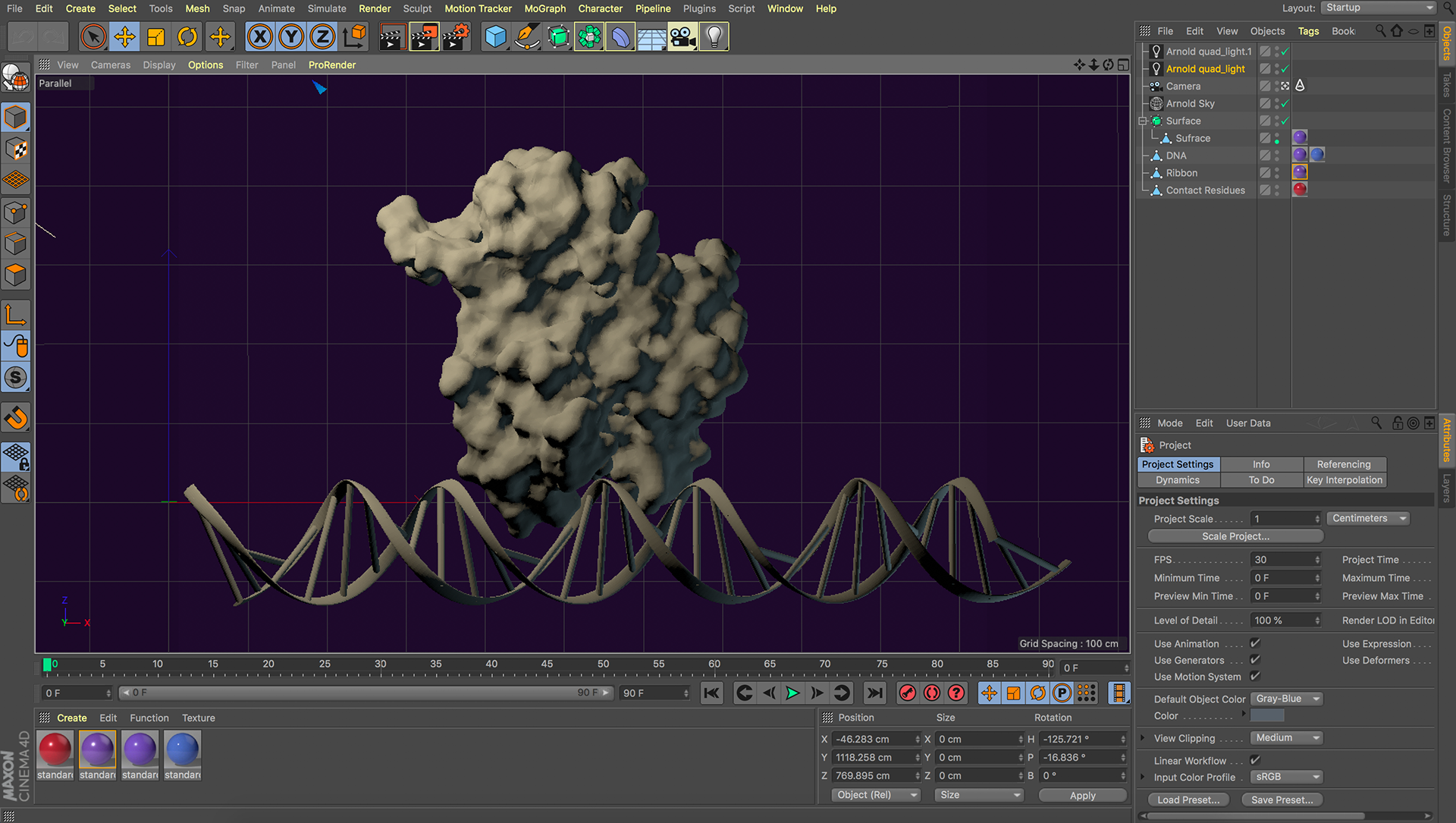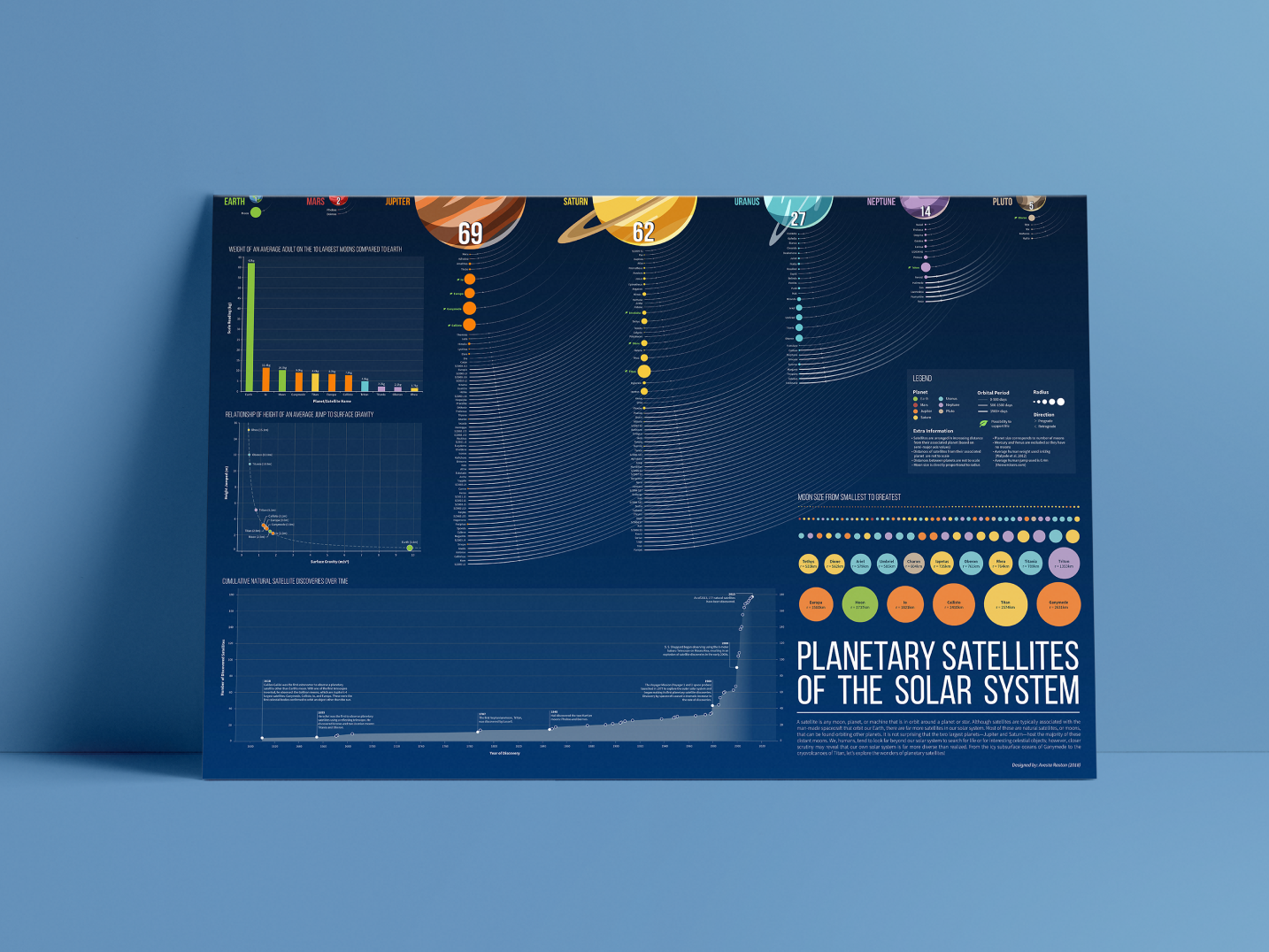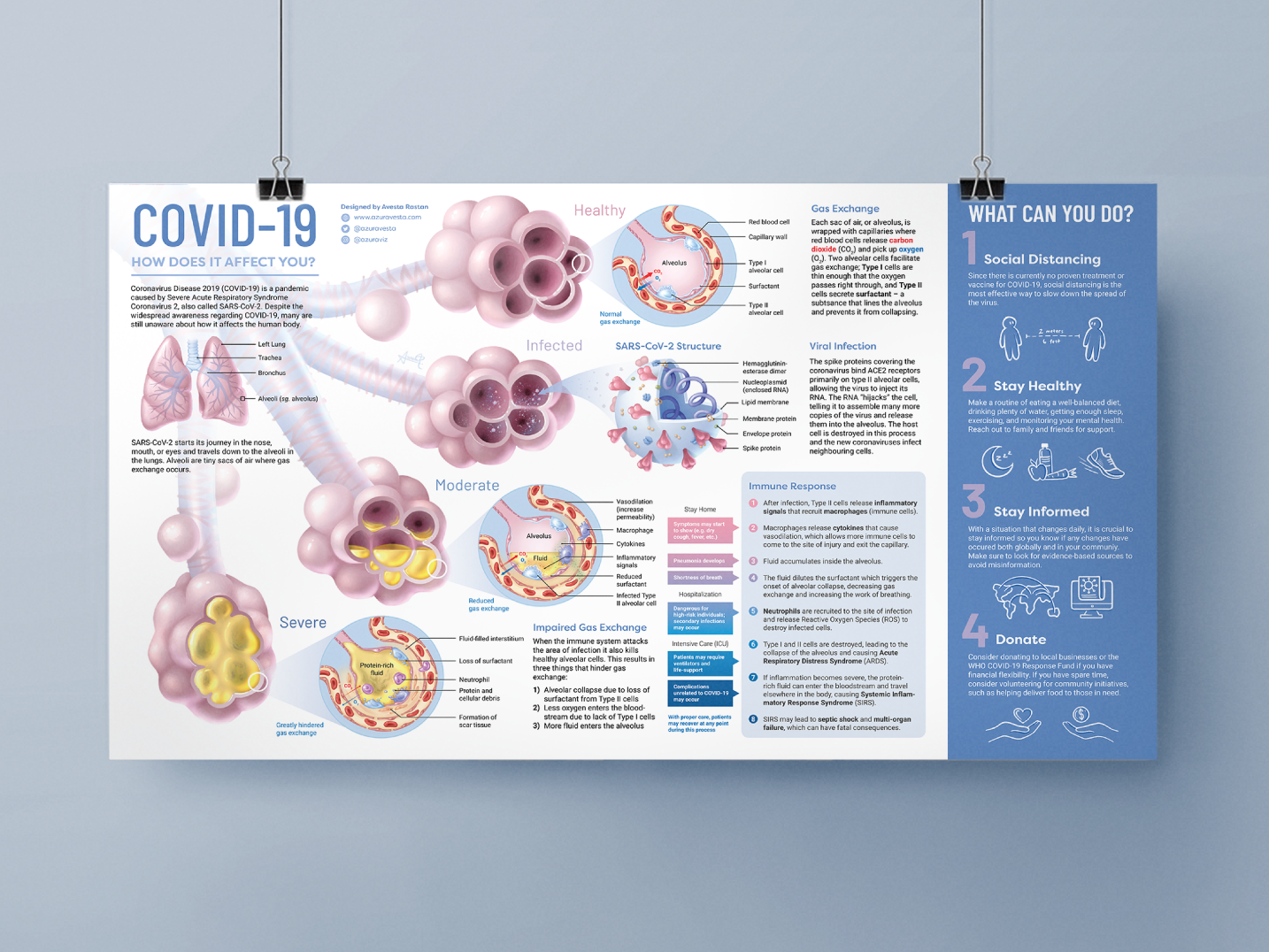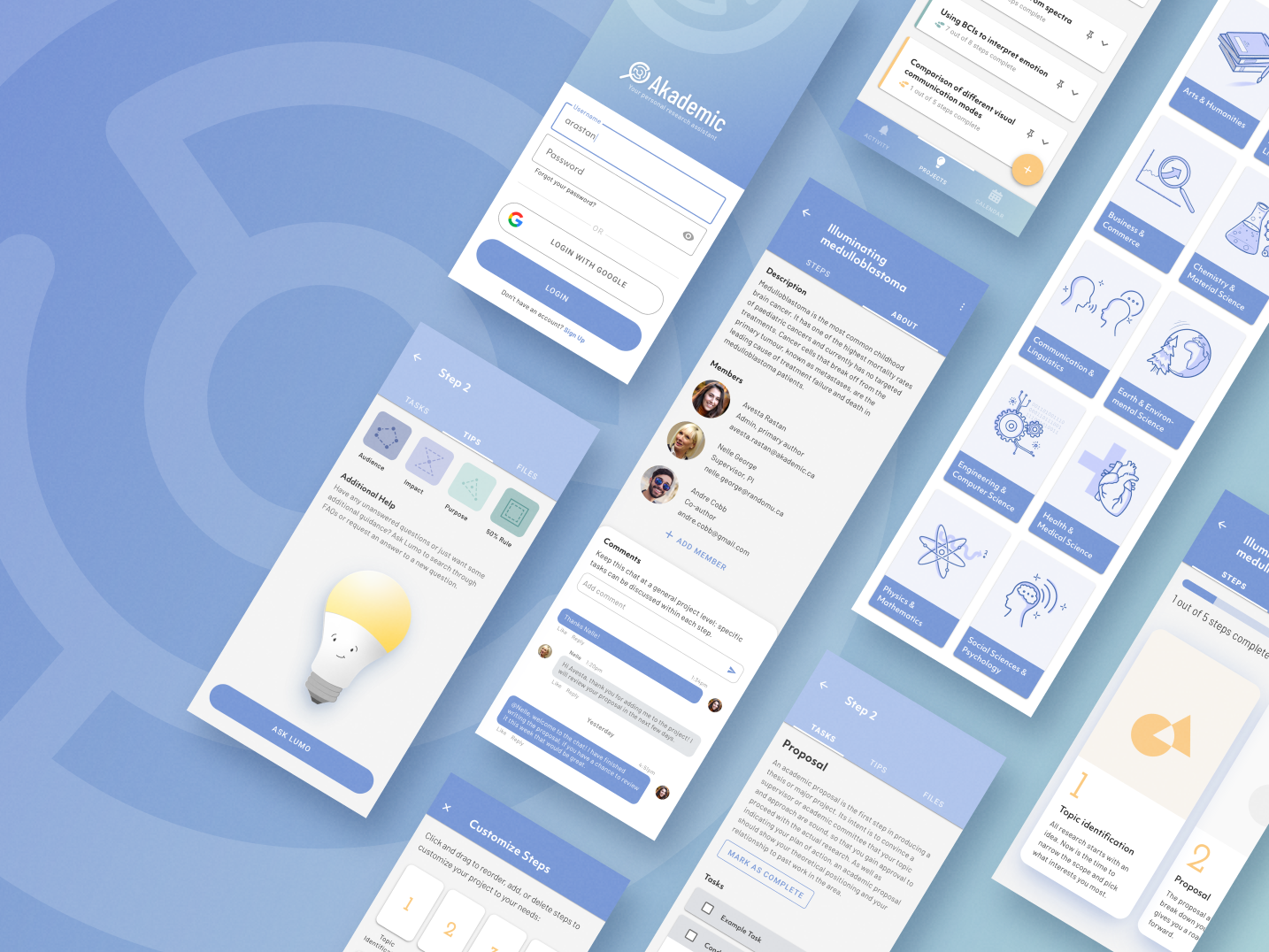Client
Prof. Derek Ng, University of Toronto
RoleS
Research, 3D Modelling, Design
Year
2019
Description
The purpose of this 2-page infographic is to visually represent the relationship between structure and function involved in a dynamic molecular process. I decided to feature protein p53 due to its anticancer role. Hypothetically, every living cell should have an equal chance of becoming cancerous. With this in mind, larger animals should have a higher risk of getting cancer than smaller animals. Peto’s Paradox is the observation that there does not seem to be a correlation between body mass and cancer risk across animal species.
Approximately 1 in 3 people will develop cancer in their lifetime. Elephants, on the other hand, have a 1 in 32 chance. It turns out humans only have 2 copies of the p53 gene, whereas elephants have 40! Additionally, mutations that prevent p53 from functioning normally is observed in over 50% of human cancers. This suggests a correlation between p53 and cancer risk; therefore, understanding the role of p53 and how it is affected by mutation is important for cancer prevention and therapies.
Awards: Award of Merit - AMI 2019, Stephen Gilbert Award in Biomedical Visualization
Research & Ideation
After deciding on my topic, I identified the characters and interactions in my story and figured out what information I needed. Unfortunately, the Protein Data Bank (PDB), which offers structural data on thousands of proteins, doesn't have a complete model of p53. Its flexible linker regions make it difficult to obtain 3D structural data and the missing parts must be modelled manually. Luckily, scientists are generous people; I reached out to Özlem Demir who published a paper about Full-length p53 Tetramer Bound to DNA and Its Quaternary Dynamics. She was happy to supply me with the full-length 3D structural model of p53!




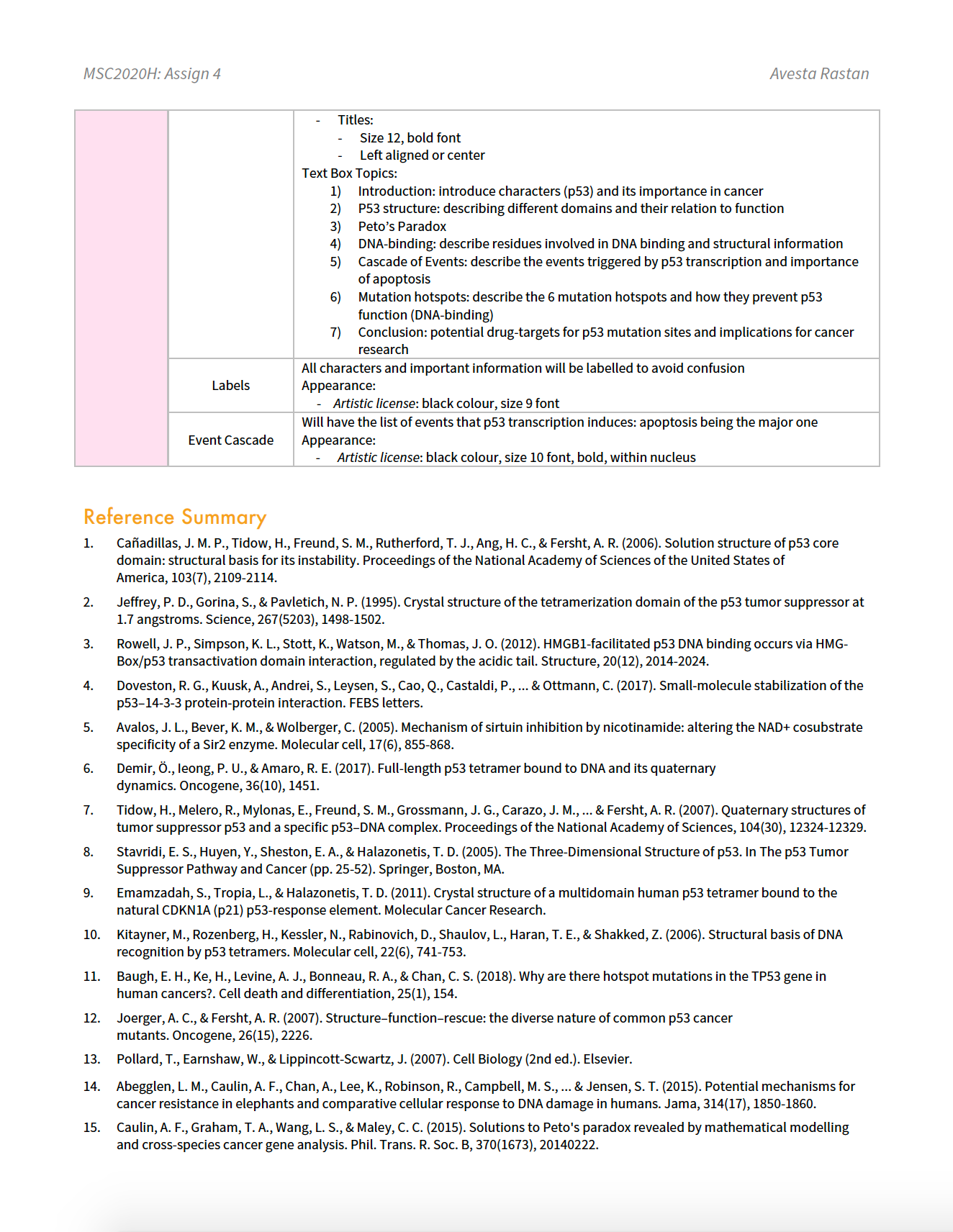
What is the best way to tell a molecular story?
During the ideation stage I explored different ways I could explain the relationship between structure and function of p53. This is the story I settled on:
P53 normally binds DNA at sites of genetic damage. If this function is compromised, mutations in DNA will go unfixed and can therefore promote cancer. P53 has six 'hotspot' mutations that have been organized into two groups: contact mutants and structural mutants. Contact mutants have the highest mutation frequency and involve the substitution of amino acids that directly contact DNA; if p53 can't bind DNA, the risk of cancer increases.



I created thumbnail sketches to figure out how this information could be organized on a page.
I went through several phases of layout development before I landed on the final design. Several initial iterations were made using Chimera and Illustrator. I isolated the protein domains and amino acids of interest in Chimera and exported them as STL files that could be imported into C4D. The PDB file of p53 and the DNA were imported using ePMV in C4D. The final scene was made in Cinema 4D, rendered using Arnold, and composited using Adobe Photoshop.


